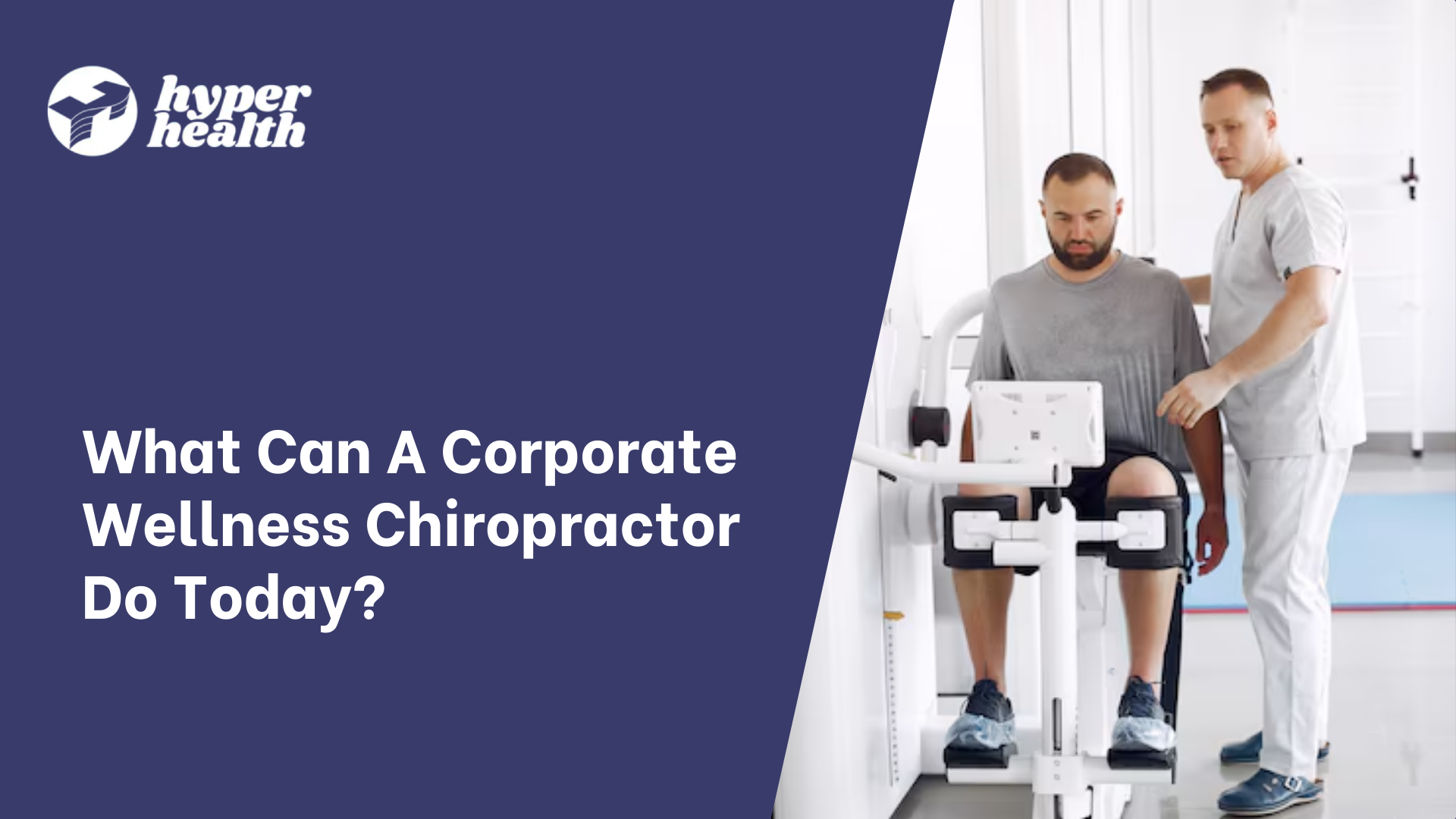Have you ever had wrist pain on the base of your thumb, that is aggravated by certain wrist
Julie Cai
November 15, 2022


Have you ever had wrist pain on the base of your thumb, that is aggravated by certain wrist movements? This may be a case of De Quervain’ tenosynovitis, which is an irritation of the abductor pollicis longus (APL) and extensor pollicis brevis (EPB) tendons running through the wrist. This is a common presentation we see at our Marrickville allied health clinic, especially with mums and sportspeople.
The two APL and EPB tendons that run through the wrist are encased in a synovial sheath that holds them in place. These tendons are responsible for abducting and extending the thumb (moving the thumb out to the front and side).

Inflammation or swelling occurs when there is repetitive friction from the tendons inside the sheath. This typically occurs with mums lifting their child up with repetitive wrist movement, sportspeople, particularly those in racquet sports, bowlers, rowers, and canoeists. The left thumb of a right-handed golfer is also particularly at risk because of the hyperabduction required during a golf swing.
There is usually local tenderness and swelling observed along the tendons, especially near the base of the thumb. It may hurt to bend your wrist towards the side of your thumb. A diagnostic test used for De Quervain’s is the Finkelstein’s test, which involves tucking your thumb in and bending your wrist in an ulnar direction.

If pain is reproduced, it is likely that the APL and EPB tendons are irritated within their sheath. However it may also be diagnostic of flexor carpi radialis tendinopathy, so it is important to be thoroughly assessed.
Treatment for De Quervain’s is focused on reducing the irritation between the tendons and synovial sheath. This can include modalities such as trigger point therapy to reduce tension along the affected tendons, wrist splinting, taping and ice. Physio and Chiro may also assess deeper biomechanical issues or aggravating movements that may have contributed to this issue in the first place.
If you have any further questions about how we can help with De Quervain's tenosynovitis, head over to our Contact Us page, or book in now to make an appointment.


Corporate wellness chiropractors offer workplace health solutions like ergonomic assessments and stress management, which have reduced absenteeism by 20% and boosted productivity by 12%. These specialists also improve mental well-being, with programs that include on-site spinal care. Ergonomic solutions, such as adjustable furniture and alignment guidance, have resulted in a 14.5% reduction in back pain disability scores. Spinal health services have emerged as the cornerstone of many corporate wellness initiatives, reducing workplace injuries and enhancing employee satisfaction.

Chiropractors recommend the Herman Miller Aeron, Steelcase Leap, and Herman Miller Embody as ergonomic chairs with ideal spinal health support. These models offer adjustable lumbar support, customizable seat depth, and correct armrest positioning, preventing back pain and promoting good posture over long sitting periods. Regular movement and adjustments also enhance the benefits of these chairs.